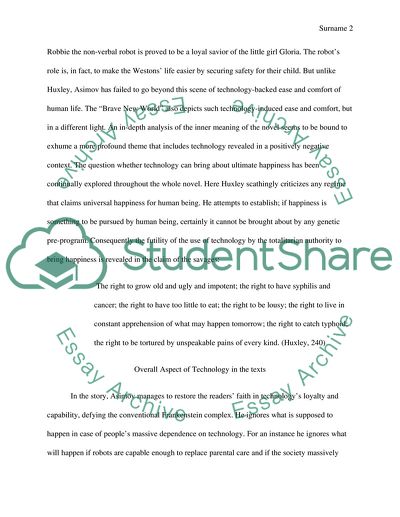Cite this document
(“Images of Technology in Books The Brave New World and Robbie Essay”, n.d.)
Images of Technology in Books The Brave New World and Robbie Essay. Retrieved from https://studentshare.org/literature/1584317-images-of-technology-in-books-the-brave-new-world-and-robbie
Images of Technology in Books The Brave New World and Robbie Essay. Retrieved from https://studentshare.org/literature/1584317-images-of-technology-in-books-the-brave-new-world-and-robbie
(Images of Technology in Books The Brave New World and Robbie Essay)
Images of Technology in Books The Brave New World and Robbie Essay. https://studentshare.org/literature/1584317-images-of-technology-in-books-the-brave-new-world-and-robbie.
Images of Technology in Books The Brave New World and Robbie Essay. https://studentshare.org/literature/1584317-images-of-technology-in-books-the-brave-new-world-and-robbie.
“Images of Technology in Books The Brave New World and Robbie Essay”, n.d. https://studentshare.org/literature/1584317-images-of-technology-in-books-the-brave-new-world-and-robbie.


